Taiwan Semiconductor Manufacturing Co (TSMC, 台積電) is expected to move in the first piece of manufacturing equipment for its first 2-nanometer fab in April, paving the way for the world’s biggest contract chipmaker to start producing 2-nanometer chips in 2025, Hsinchu Science Park (新竹科學園區) Bureau director-general Wayne Wang (王永壯) yesterday said.
TSMC’s 2-nanometer fab is in Hsinchu County’s Baoshan Township (寶山), where the science park administration is working on a second-phase development program, after it completes its first-phase program, where it houses TSMC’s new research and development center, Wang said during a ceremony celebrating the science park’s 43rd anniversary.
The infrastructure construction is proceeding smoothly, he said.
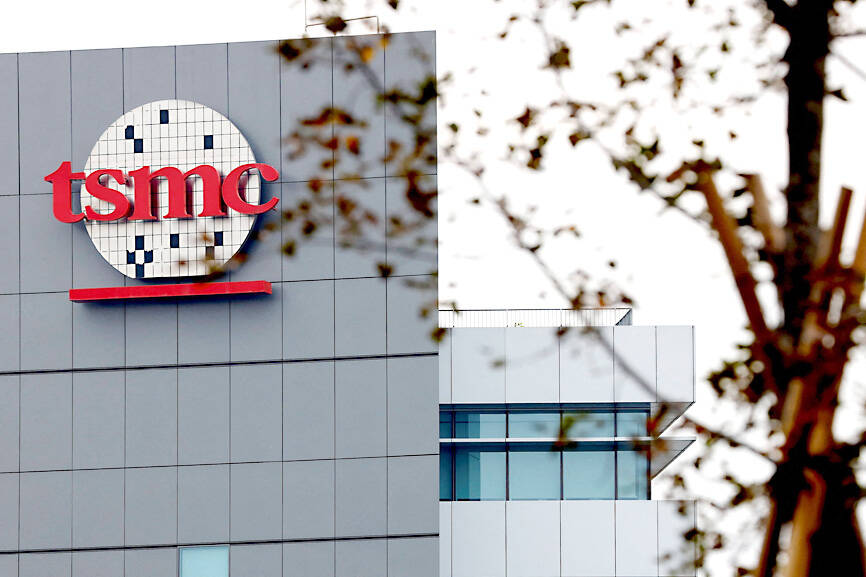
Photo: Reuters, Ann Wang
TSMC’s new 2-nanometer fab construction progress, as Wang described it, indicates that TSMC might be on track to start engineering a pilot run for its 2-nanometer technology next year, before entering a production pilot run and volume production in 2025. The chipmaker said in May that it planned to start building a second 2-nanometer fab next year in Taichung.
However, Taichung Mayor Lu Shiow-yen (盧秀燕) told reporters earlier this week that TSMC could change its mind and consider building a more advanced 1.4-nanometer fab in Taichung, as the chipmaker suffered a setback in securing land to build a 1.4-nanometer fab in the Longtan (龍潭) section of Hsinchu Science Park, amid local protests over government appropriation of privately owned land for industrial use.
TSMC did not comment on whether it has altered its new fab construction plan in Taichung.
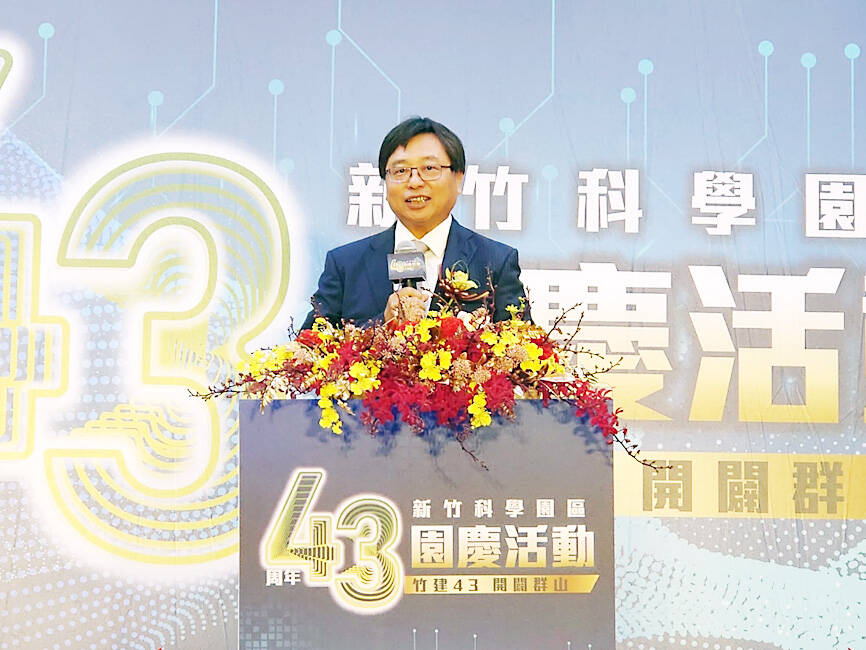
Photo: CNA
Separately, Wang told reporters that the production value of manufacturers in Hsinchu Science Park is set to recover to its peak level starting from next year, following a tough period this year when an economic slowdown and geopolitical tensions cut production value by 19 percent annually in the first half of this year to NT$668.4 billion (US$21.38 billion).
As demand returns, the decline has shrunk to about 10 percent, Wang said. He expects the recovery to extend into 2025, fueling explosive growth in production value to a new record high from companies in the park.
Additionally, the science park bureau said that the third building of the biological technology district within the science park would be completed in the second quarter of next year. It cost more than NT$3 billion, it said.
In addition, the first building of the “X” base is to be completed in the near future, Wang said.
The “X” base is designed to be a hub for the development of emerging technologies such as precision healthcare and generative artificial intelligence.
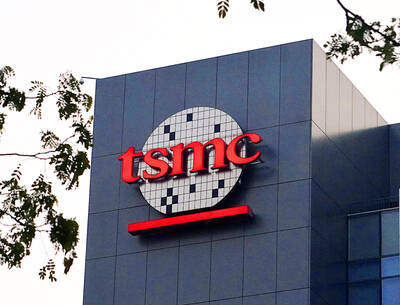
Taiwan’s long-term economic competitiveness will hinge not only on national champions like Taiwan Semiconductor Manufacturing Co. (TSMC, 台積電) but also on the widespread adoption of artificial intelligence (AI) and other emerging technologies, a US-based scholar has said. At a lecture in Taipei on Tuesday, Jeffrey Ding, assistant professor of political science at the George Washington University and author of "Technology and the Rise of Great Powers," argued that historical experience shows that general-purpose technologies (GPTs) — such as electricity, computers and now AI — shape long-term economic advantages through their diffusion across the broader economy. "What really matters is not who pioneers
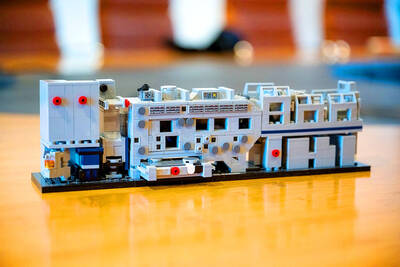
In a high-security Shenzhen laboratory, Chinese scientists have built what Washington has spent years trying to prevent: a prototype of a machine capable of producing the cutting-edge semiconductor chips that power artificial intelligence (AI), smartphones and weapons central to Western military dominance, Reuters has learned. Completed early this year and undergoing testing, the prototype fills nearly an entire factory floor. It was built by a team of former engineers from Dutch semiconductor giant ASML who reverse-engineered the company’s extreme ultraviolet lithography (EUV) machines, according to two people with knowledge of the project. EUV machines sit at the heart of a technological Cold
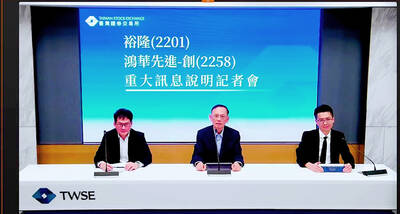
TAIWAN VALUE CHAIN: Foxtron is to fully own Luxgen following the transaction and it plans to launch a new electric model, the Foxtron Bria, in Taiwan next year Yulon Motor Co (裕隆汽車) yesterday said that its board of directors approved the disposal of its electric vehicle (EV) unit, Luxgen Motor Co (納智捷汽車), to Foxtron Vehicle Technologies Co (鴻華先進) for NT$787.6 million (US$24.98 million). Foxtron, a half-half joint venture between Yulon affiliate Hua-Chuang Automobile Information Technical Center Co (華創車電) and Hon Hai Precision Industry Co (鴻海精密), expects to wrap up the deal in the first quarter of next year. Foxtron would fully own Luxgen following the transaction, including five car distributing companies, outlets and all employees. The deal is subject to the approval of the Fair Trade Commission, Foxtron said. “Foxtron will be
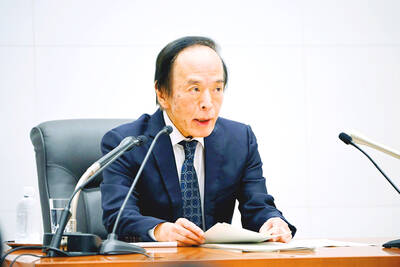
INFLATION CONSIDERATION: The BOJ governor said that it would ‘keep making appropriate decisions’ and would adjust depending on the economy and prices The Bank of Japan (BOJ) yesterday raised its benchmark interest rate to the highest in 30 years and said more increases are in the pipeline if conditions allow, in a sign of growing conviction that it can attain the stable inflation target it has pursued for more than a decade. Bank of Japan Governor Kazuo Ueda’s policy board increased the rate by 0.2 percentage points to 0.75 percent, in a unanimous decision, the bank said in a statement. The central bank cited the rising likelihood of its economic outlook being realized. The rate change was expected by all 50 economists surveyed by Bloomberg. The